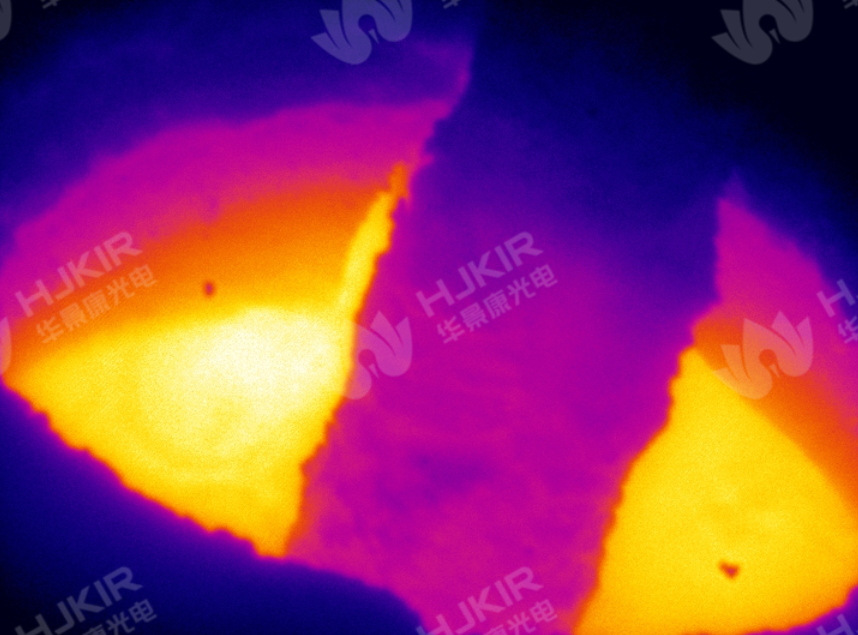Night vision technology, when paired with infrared (IR) scopes, enables visibility in low-light or total darkness by harnessing invisible light or thermal energy. This combination is crucial for applications like military operations, wildlife observation, and security, blending two primary technical approaches: image intensification and thermal imaging. Below is an in-depth look at how these systems function, integrating the principles of night vision infrared camera setups and camera with night vision and infrared capabilities.
Image intensification-based night vision devices (NVDs) work by capturing and amplifying minimal ambient light, such as starlight or moonlight. When paired with an infrared scope, they often use active infrared illumination to enhance performance in complete darkness. Here’s the step-by-step process:
- Infrared Emission: A camera with night vision and infrared may include an IR illuminator (a built-in or attached light source) that emits invisible infrared radiation. This light bounces off objects, similar to how a flashlight works with visible light, but in the IR spectrum.
- Photon-to-Electron Conversion: The NVD’s lens collects both ambient light and the reflected IR radiation. This light hits a photocathode (a sensitive surface inside the device), which converts photons (light particles) into electrons.
- Electron Amplification: Electrons pass through a microchannel plate (MCP), a wafer-like structure with thousands of tiny channels. Each electron triggers a cascade of more electrons, amplifying the signal by thousands of times.
- Visible Image Formation: The amplified electrons strike a phosphor screen, which converts them back into visible light, creating a green or monochrome image. This allows users to see objects clearly in the dark, even when relying on the IR illuminator’s emitted light.
This approach is common in entry-level night vision infrared camera setups, as it offers clear imagery in near-total darkness with the help of active IR. However, it relies on the illuminator’s range (typically 50–200 meters) and can be detected by other IR sensors, making it less stealthy in tactical scenarios.
Unlike image intensification, thermal imaging in night vision thermal camera systems operates on passive infrared technology, detecting heat rather than visible light. This makes it effective even in complete darkness, fog, or smoke, as it doesn’t depend on ambient light or active illumination. The process involves:
- Infrared Radiation Detection: All objects above absolute zero emit infrared radiation proportional to their temperature. A thermal camera’s sensor (often a microbolometer array) captures this radiation in the mid-infrared (MWIR) or long-infrared (LWIR) spectrum.
- Thermal Signal Processing: The sensor converts the IR radiation into an electrical signal, which is processed to create a thermal map. Warmer objects (like humans or engines) appear brighter or in distinct colors, while cooler objects are darker.
- Visual Representation: The processed signal is displayed as a visible thermal image on a screen or through an eyepiece. Some night vision thermal camera models may overlay thermal data with visible light imagery for context, enhancing detail recognition.
Thermal scopes are ideal for identifying heat signatures from a distance, unaffected by light conditions. For example, a handheld thermal camera used in this context can detect a person’s body heat through foliage or in pitch-black environments, with ranges varying from 100 meters to over 1 kilometer in high-end models.
| Feature |
Image Intensification + Active IR |
Thermal Imaging (Passive IR) |
| Light Source Dependence |
Relies on ambient light or active IR illumination |
Detects natural heat radiation, no external light needed |
| Stealth Capability |
Active IR can be detected by other IR sensors |
Passive operation is undetectable, ideal for stealth |
| Environmental Impact |
Reduced effectiveness in fog, smoke, or heavy rain |
Performs well in all weather, as heat radiation penetrates obstacles |
| Object Detection |
Identifies objects by reflected light/IR |
Identifies objects by temperature differences |
- Military and Tactical Use: Soldiers use camera with night vision and infrared setups for covert operations, combining image intensification for detail and thermal imaging for heat-based threat detection.
- Hunting and Wildlife Monitoring: Hunters employ IR scopes to track animals at night, while researchers use thermal cameras to study nocturnal species without disturbing them.
- Security and Surveillance: Fixed or portable night vision infrared camera systems monitor premises in the dark, alerting to heat sources (e.g., intruders or moving vehicles).
- Search and Rescue: Thermal imaging helps locate missing persons by detecting their body heat, even in obscured environments.
Night vision technology, when integrated with infrared scopes, bridges the gap between visibility and darkness through two core methods: image intensification (amplifying light with active IR) and thermal imaging (sensing heat with passive IR). While camera with night vision and infrared setups using active IR offer clarity in low light, night vision thermal camera systems excel in all-weather, stealthy operations by leveraging heat signatures. Understanding their principles allows users to choose the right tool for tasks ranging from tactical missions to civilian applications, ensuring effectiveness even in the darkest conditions.


